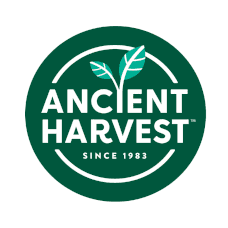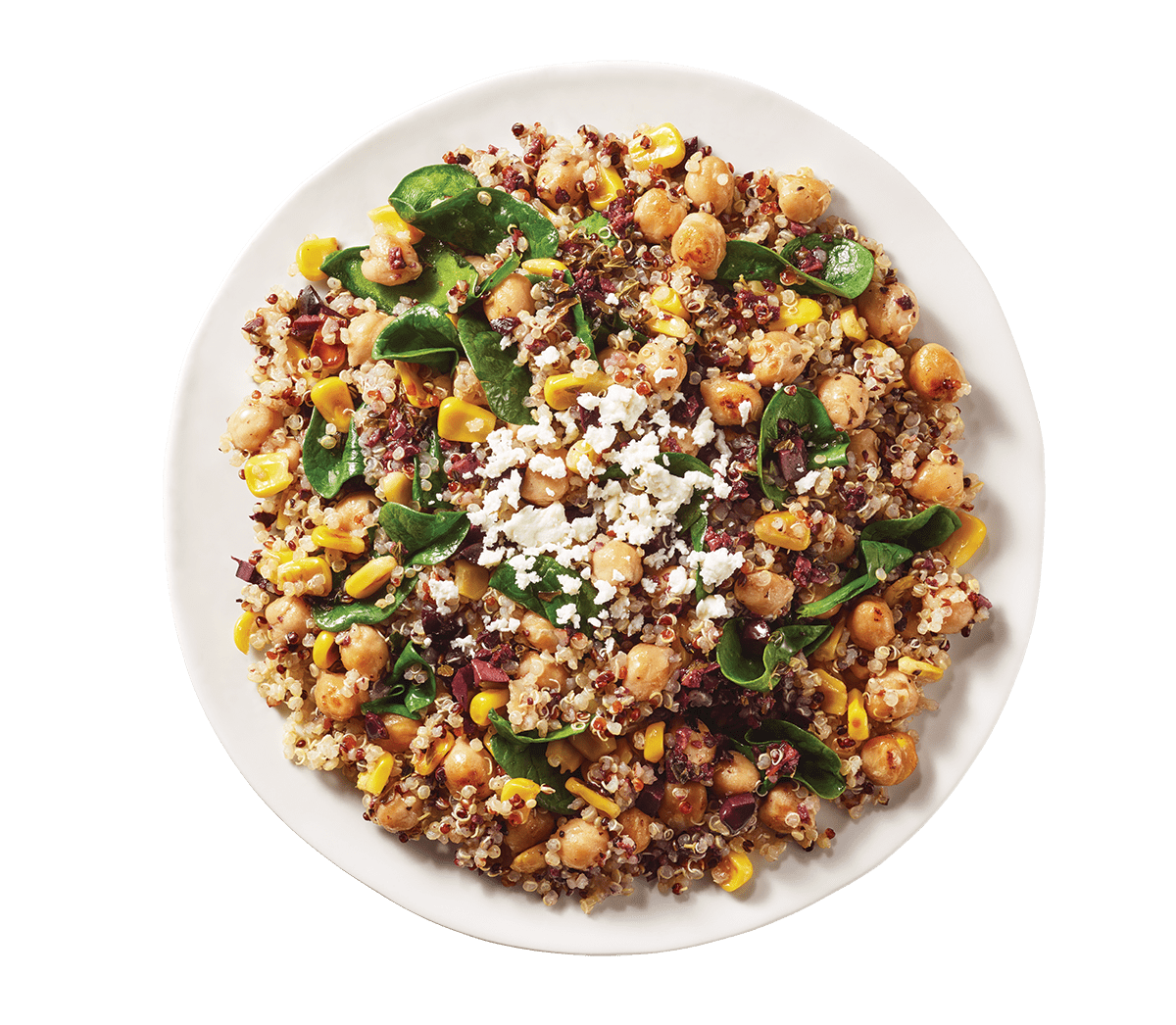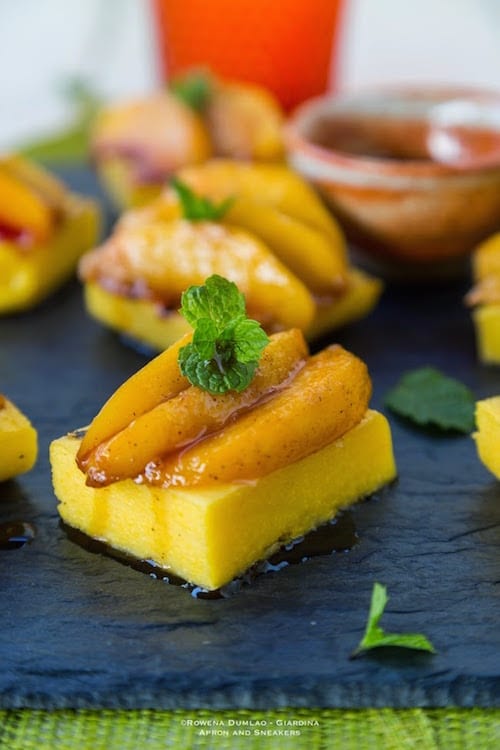Photo courtesy of Rowena Dumlao, Apron and Sneakers
Depending upon what region you’re from or in, “cornmeal” might mean a very specific thing. In the South, it’s grits or the main ingredient for cornbread; in the Southwest, it’s the masa that is used to make tortillas and tamales. And here at Ancient Harvest, we use it to make our five varieties of ready-made polenta. We especially love that all of these products are naturally gluten-free.
So, then, what’s the difference?
Both polenta and grits are actually cornmeal – that is, made of a coarse flour (“meal”) from maize or field corn.
Grits are traditionally coarse-ground cornmeal, and known to come in two colors: white and yellow. Grits are a staple in the American South, and are typically served porridge-style with butter and honey or savory toppings. Some recipes to try:
Coconut Curry Shrimp & Grits, Builicious
Fried Green Tomatoes Over Basil-Goat Cheese Grits, Eats Well With Others
Polenta can be either medium or coarse-ground cornmeal. It can be eaten as a soft porridge or cut into slices and baked or fried. Polenta’s versatility is quite impressive; for example, check out this wide range of recipes:
Spinach and Butternut Squash Quinoa Polenta Lasagna, Wendy at Fit-and-Frugal.com for AncientHarvest.com
Grilled Polenta with Caramelized Peaches, Apron and Sneakers (pictured)
Eggs Florentine with Crispy Polenta Squares, Food by Mars
Masa, meanwhile,differs in the way it is made. The process involves drying field corn and then treating it with a solution of calcium hydroxide to loosen the hulls from the kernels and allow nutrients to be better absorbed. The final product is masa harina, which can be mixed with water to form a dough and then used to make a variety of delicious dishes, including these:
Pork Tamales with Chile Colorado, Snixy Kitchen
Corn Tortillas, Ginger & Bread
For even more cooking tips and wonderful gluten-free recipes, be sure to visit the recipes page at AncientHarvest.com.



